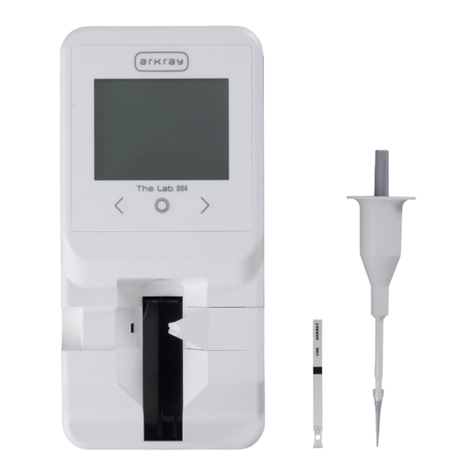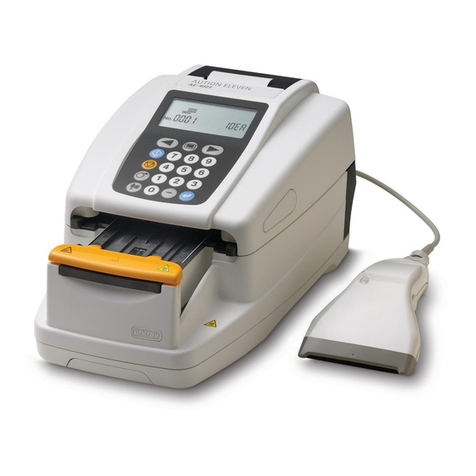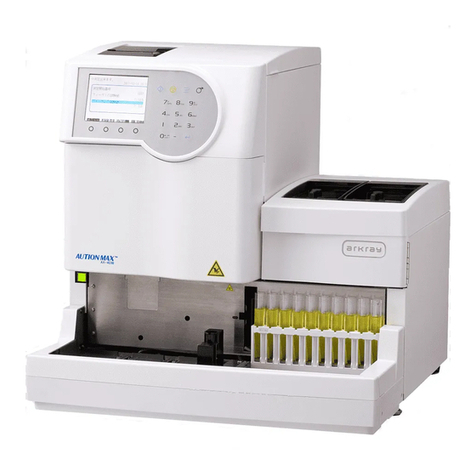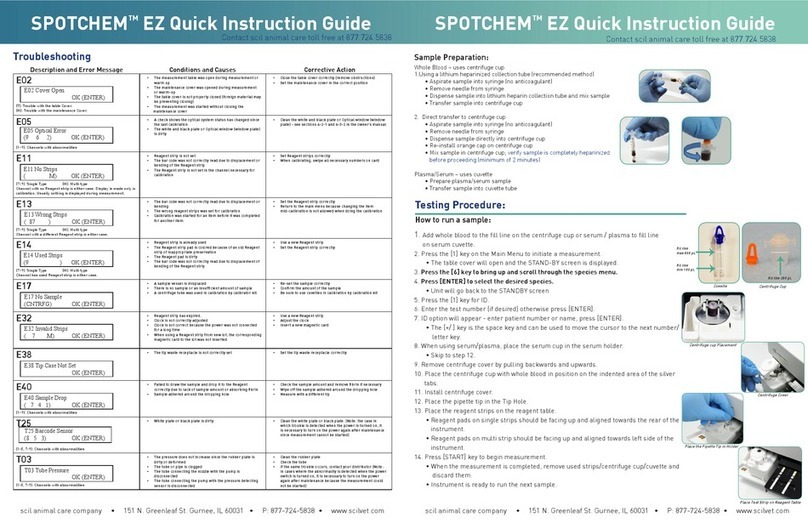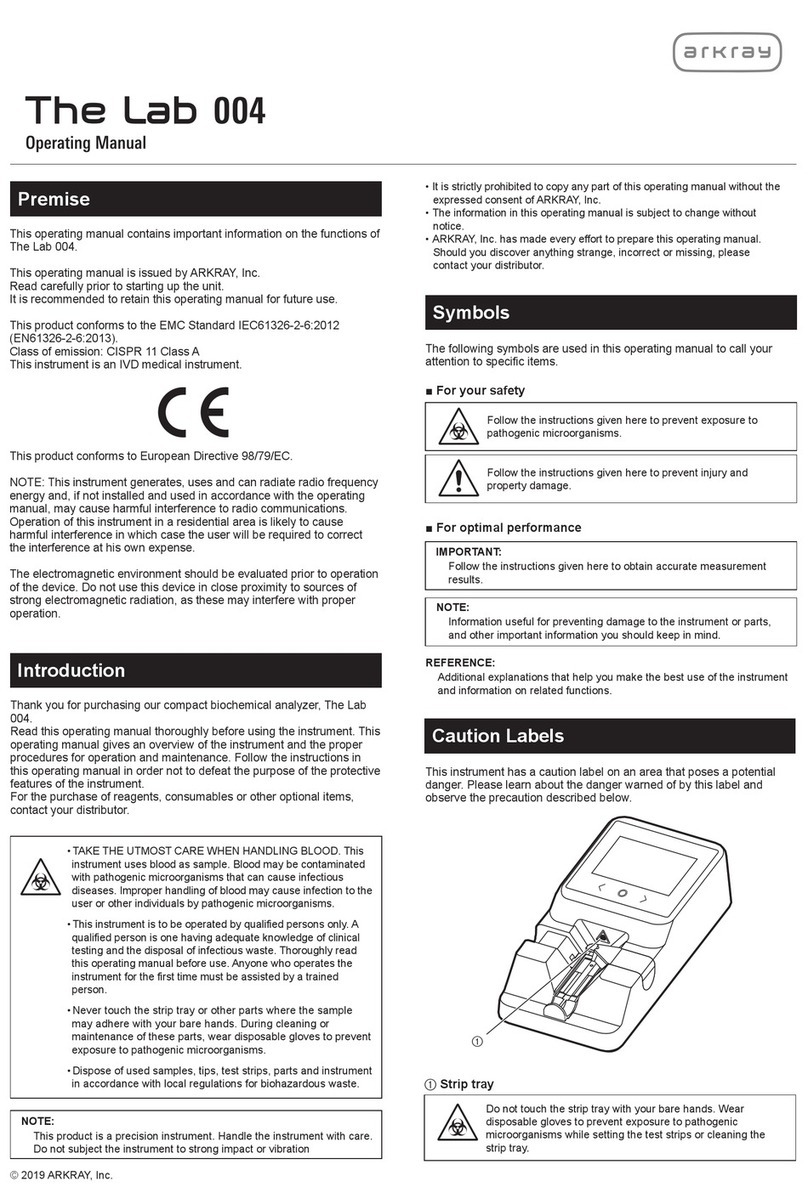C05 ● SP-4430
Chapter 1
INTRODUCTION
Chapter 2
MEASUREMENT
Automated biochemical analyzer, SP-4430
Contents
Premise……………………………………………………………………………………
Introduction……………………………………………………………………………
Caution Marks………………………………………………………………………
Caution Labels……………………………………………………………………
Contents………………………………………………………………………………
1-1 Outline……………………………………………………………………………
1-1-1 Features…………………………………………………………………
1-1-2 Measurement principles…………………………………………
1-1-3 Specifications………………………………………………………
1-2 Shipping Carton…………………………………………………………
1-2-1 Analyzer…………………………………………………………………
1-2-2 Accessories……………………………………………………………
1-3 Parts Description and Function……………………………
1-3-1 Front of the analyzer………………………………………………
1-3-2 Operator panel………………………………………………………
1-3-3 Rear of the analyzer………………………………………………
1-4 Setting up the Analyzer…………………………………………
1-4-1 Cautions…………………………………………………………………
1-4-2 Setting up the analyzer…………………………………………
1-4-3 First operation after setting up………………………………
1-4-4 Notes at transportation…………………………………………
2-1 Outline of Measurement…………………………………………
2-1-1 SPOTCHEMⅡReagent Strips…………………………………
2-1-2 Normal measurement……………………………………………
2-1-3 Calibration……………………………………………………………
2-2 Cautions………………………………………………………………………
2-2-1 Cautions…………………………………………………………………
2-2-2 Handling samples…………………………………………………
2-2-3 Handling Reagent Strips………………………………………
2-2-4 Handling magnetic cards………………………………………
2-2-5 Handling tips…………………………………………………………
2-2-6 Handling centrifuges……………………………………………
2-3 Preparation for Measurement………………………………
2-3-1 Preparation……………………………………………………………
2-3-2 Startup…………………………………………………………………
2-3-3 Checks before measurement………………………………
2-3-4 Preparation of samples…………………………………………
2-4 Measurement……………………………………………………………
2-4-1 Normal measurement……………………………………………
01
02
03
04
05
1-02
1-02
1-03
1-04
1-05
1-05
1-06
1-07
1-07
1-08
1-09
1-10
1-10
1-12
1-13
1-15
2-02
2-02
2-03
2-04
2-06
2-06
2-07
2-07
2-08
2-08
2-09
2-10
2-10
2-11
2-12
2-13
2-18
2-18
